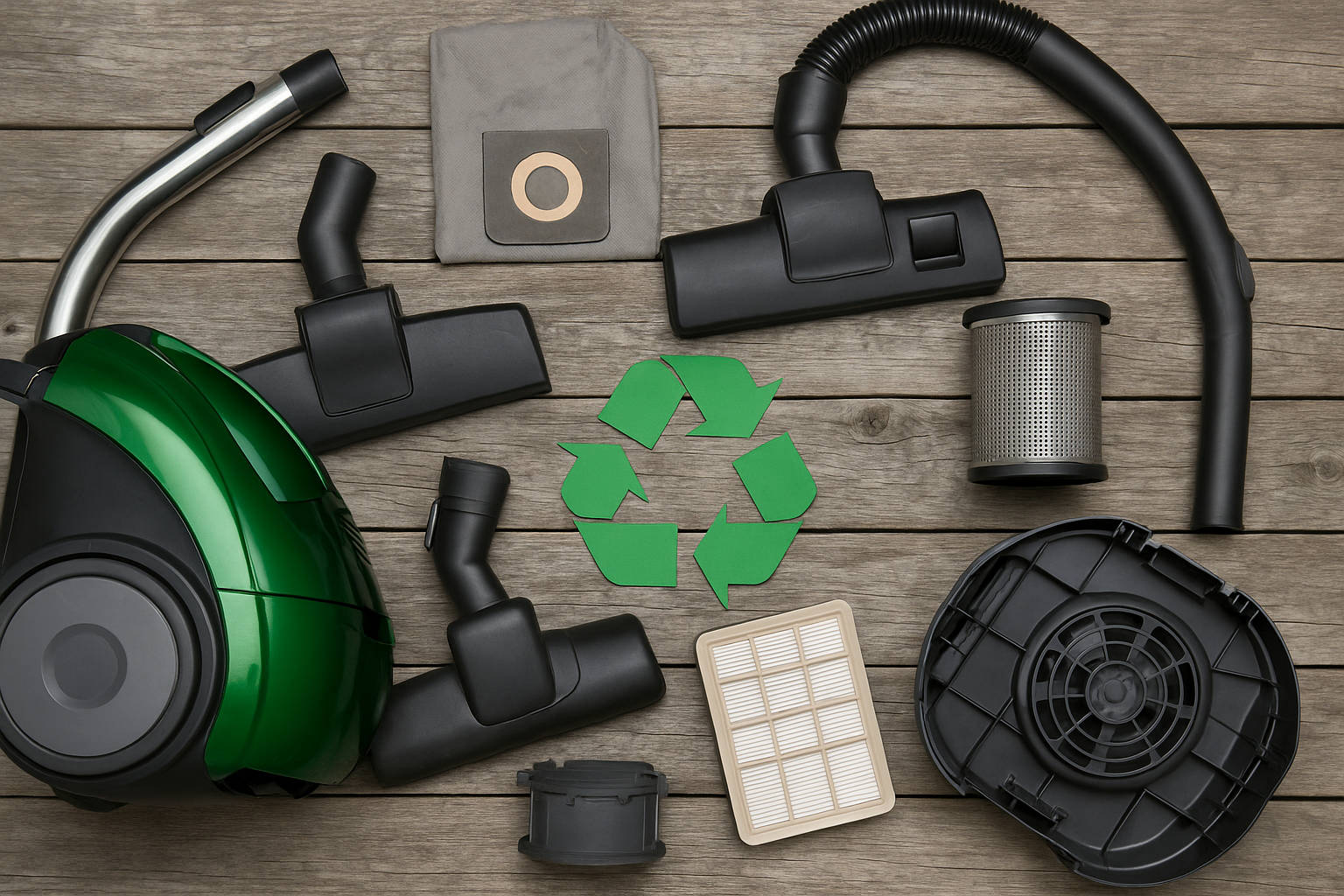As global regulations on waste tighten, manufacturers in the cleaning equipment sector are rethinking how products are designed, used, and reintroduced into circulation. For producers of Wet Dry Vacuum Cleaners and Cordless Vacuum Cleaner models, embracing recycling and refurbishment programs not only reduces waste but also enhances brand credibility.
The Ellen MacArthur Foundation reports that businesses adopting circular models can achieve up to 20% higher customer retention. In the vacuum cleaner sector, this can mean offering parts refurbishment services for cordless handheld vacuums or developing return programs for old Car Vacuum Cleaner units. By doing so, companies capture additional value from products that would otherwise become waste, while meeting increasingly strict environmental regulations.
A growing number of corporate clients now demand transparent sustainability practices from suppliers. Refurbished equipment is no longer seen as inferior—it’s a budget-friendly, eco-conscious option. The European Environment Agency highlights how appliance refurbishment programs reduce landfill contributions and extend product life cycles.
Leading companies are already experimenting in this space. Dyson, for example, has expanded its “renewed products” line, offering certified refurbished vacuums at discounted prices. This appeals not only to budget-sensitive buyers but also to sustainability-focused B2B customers. Similarly, Hoover and SharkNinja have partnered with recycling firms to collect used devices, salvage components, and reintegrate them into refurbished Li-ion Cordless Handheld Vacuum Cleaner models.
For business buyers, these initiatives translate into cost savings and easier compliance with corporate ESG standards. Offering extended warranties on refurbished quiet vacuum cleaner models or trade-in incentives creates a win-win scenario: manufacturers secure repeat customers, while buyers meet their sustainability goals without overspending.
Circular economy adoption also reshapes how new products are engineered. Designing with modularity ensures that units such as the 4 in 1 Cordless Smart Wet & Dry Vacuum Cleaner can be easily disassembled, repaired, and reused. This approach not only reduces waste but also lowers long-term production costs.
A notable example is Shark’s modular design strategy, which emphasizes interchangeable parts across different models. This allows service teams to replace only defective components rather than entire units. According to McKinsey & Company, modular design reduces lifecycle costs by up to 30% and increases customer loyalty among B2B buyers.
In parallel, innovation is reshaping product performance. Some manufacturers are showcasing models that integrate a high suction yet portable design, remain quiet while offering self-cleaning capability, provide multi-functionality and durability, operate with speed while staying lightweight, maximize energy savings with efficiency and power, and ultimately deliver the reliability of a large-capacity wet dry vacuum cleaner. These designs satisfy both the operational efficiency needs of commercial buyers and the sustainability standards expected in corporate procurement policies.
The market opportunity for circular solutions is expanding rapidly. A Statista survey shows that over 65% of U.S. businesses now consider sustainability a “high priority” in supplier evaluations. For vacuum cleaner manufacturers, this means integrating recycling and refurbishment into procurement conversations is no longer optional—it’s essential.
B2B buyers, especially in hospitality and healthcare, increasingly prefer suppliers that demonstrate measurable reductions in waste. Companies offering wet dry vacuum solutions built on circular economy principles gain a competitive advantage in tenders and long-term contracts. By aligning product design with ESG commitments, manufacturers not only meet compliance requirements but also position themselves as industry leaders.
Circular economy practices are not just a compliance measure—they are a strategic tool to attract eco-conscious B2B clients. By adopting recycling programs, refurbishing used models, and prioritizing modular product design, vacuum cleaner manufacturers can reduce environmental impact and open new revenue streams.
As sustainability becomes a baseline expectation, Wet Dry Vacuum Cleaners, Car Vacuum Cleaner fleets, and cordless handheld vacuums designed for refurbishment and recycling will dominate future B2B markets. Companies that embrace this transition today will be best positioned for growth tomorrow.
For more insights on sustainable innovation, visit www.lxvacuum.com.

















